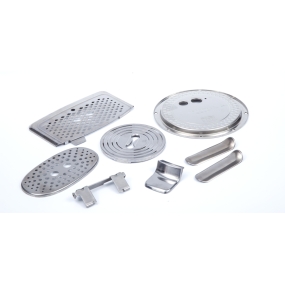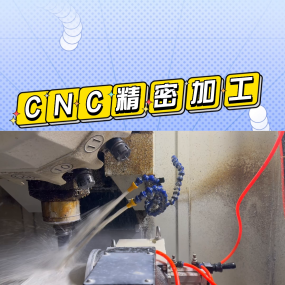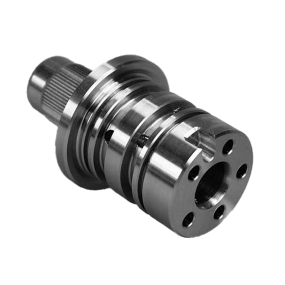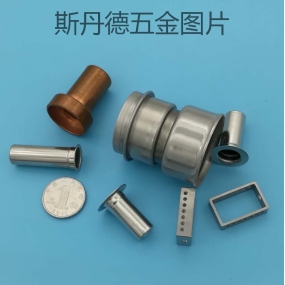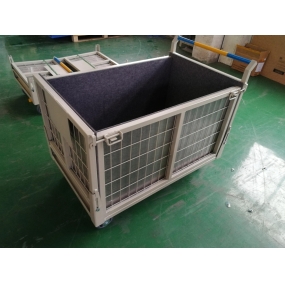Sheet Metal Processing technology is an indispensable part of modern manufacturing industry, playing an important role in various industries. However, the debate between manual and automation in sheet processing technology has always existed. In hoc articulo, hoc probabimus et analisabimus avantias manus et automaticamentias in processione metallorum de diversis perspektibus. Manual sheet metal processing has always been a traditional method that relies on skilled technical workers' manual operations. Avantia hoc approach est ut operatores flexibilis operare possunt secundum speciosa opus et bene processere in diversis opus partibus. Manual sheet metal processing can ensure higher precision and quality, especially in the processing of complex workpieces. In addition, manual operation can provide workers with more space for creativity and creativity, improving job satisfaction and innovation. However, manual sheet metal processing also has some disadvantages. First, the speed of manual operation is relatively slow and cannot meet the needs of large-scale production. Secundo, manus opera sunt in experientia et scientias artificiorum, qui praecepta supera facit personalis et addunt ad incrementa laboris. In addition, manual operation also has certain hidden dangers, such as the possibility of worker injury due to the careless operation. In contrast, automated sheet metal processing technology has significant advantages in improving production efficiency and reducing costs. Instrumentum automaticam continuam et velocem processionem operationes facit, conforme ad necessitates produktionis magnae scalae. Moreover, the precision and stability of automated equipment are higher than manual operation, ensuring product consistency and quality. Automated sheet metal processing can also reduce labor costs, improve production line efficiency and profits. However, there are also some shortcomings in automated sheet metal processing technology. On the one hand, the investment cost of automation equipment is relatively high, which can impose significant economic pressure on companies. On the other hand, the operation of automation equipment requires professional technical personnel for maintenance and management, which also requires a certain amount of human resources investment for companies. In addition, automated equipment is relatively fixed and cannot flexibly respond to different processing needs. In summario, manual and automated sheet processing technologies have their own advantages and disadvantages, and the choice of method should be balanced based on specific needs and production conditions. In situationibus ubi minores batches et complexes procedentibus altis demandis require, manual sheet metal processing may have more advantages; In case of large-scale and high-efficiency production, automated sheet metal processing is more competitive. The development of sheet metal processing technology, whether manual or automated, is aimed to improve production efficiency and product quality, and meeting market demand. Introduction: Sheet metal processing technology has always been an indispensable part of modern manufacturing. In proelio inter manum laborem et automaticam oportet nobis pondere bonas et malitias eorum. This article analyzes the advantages and disadvantages of manual and automation in sheet metal processing from different perspectives, helping readers better understand the choice of sheet metal processing technology. The development of sheet metal processing technology, whether manual or automated, is aimed to improve production efficiency and product quality, and meeting market demand.
Salve! Welcome to the EMAR company website!
 Latin
Latin » »
» »
 English
English Spanish
Spanish Arabic
Arabic Portuguese
Portuguese Belarusian
Belarusian Japanese
Japanese Russian
Russian Icelandic
Icelandic Bulgarian
Bulgarian Azerbaijani
Azerbaijani Estonian
Estonian Irish
Irish Polish
Polish Persian
Persian Boolean
Boolean Danish
Danish German
German French
French Filipino
Filipino Finnish
Finnish Korean
Korean Dutch
Dutch Galician
Galician Catalan
Catalan Czech
Czech Croatian
Croatian Latvian
Latvian Romanian
Romanian Maltese
Maltese Malay
Malay Macedonian
Macedonian Norwegian
Norwegian Swedish
Swedish Serbian
Serbian Slovak
Slovak Slovenian
Slovenian Swahili
Swahili Thai
Thai Turkish
Turkish Welsh
Welsh Urdu
Urdu Ukrainian
Ukrainian Greek
Greek Hungarian
Hungarian Italian
Italian Yiddish
Yiddish Indonesian
Indonesian Vietnamese
Vietnamese Haitian Creole
Haitian Creole Spanish Basque
Spanish Basque



